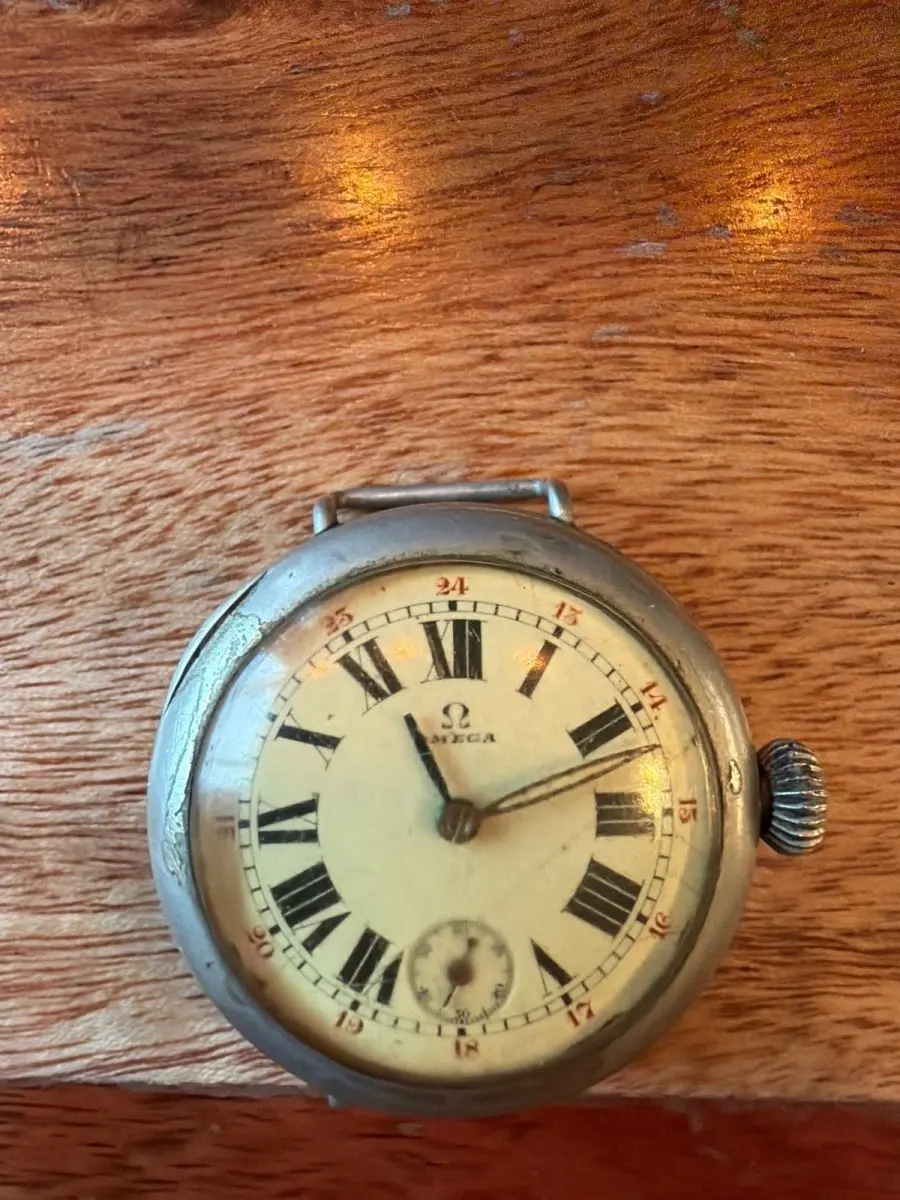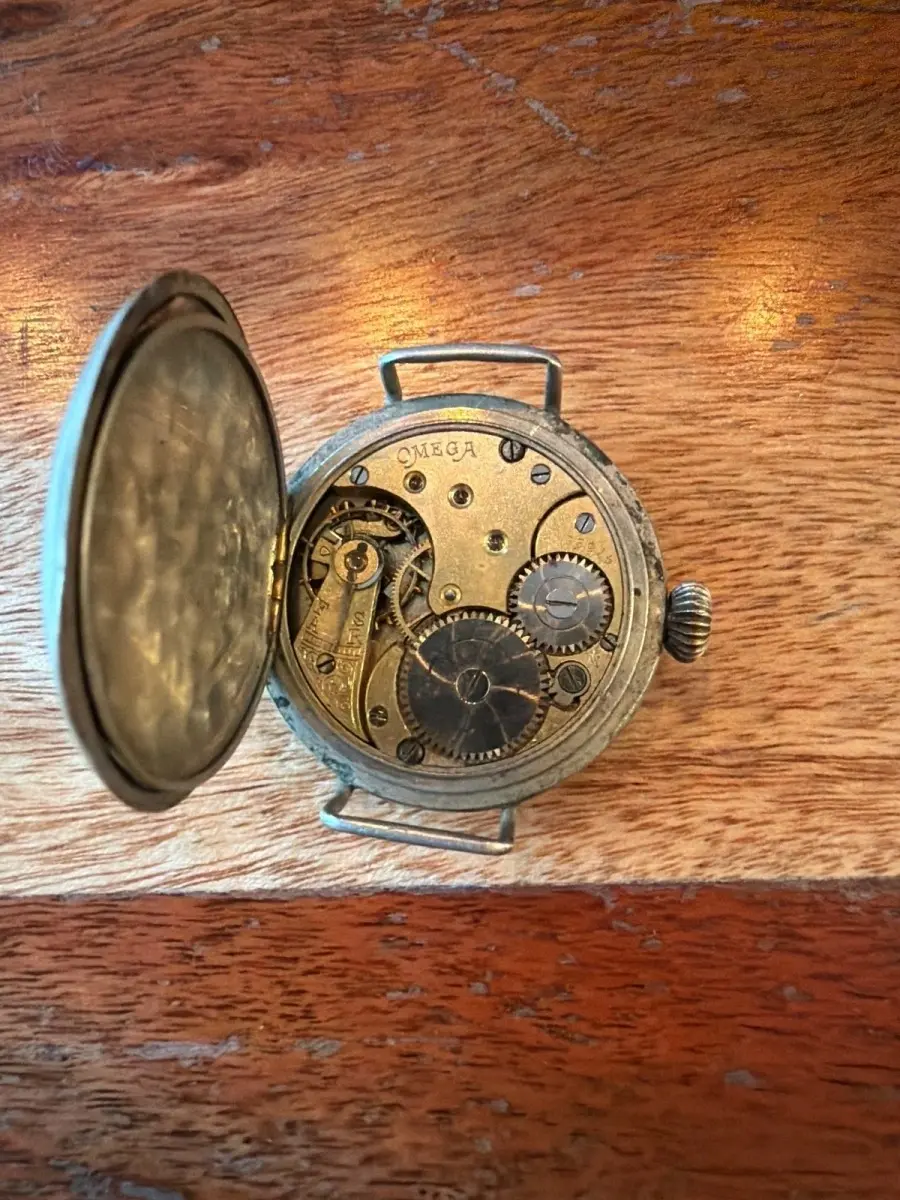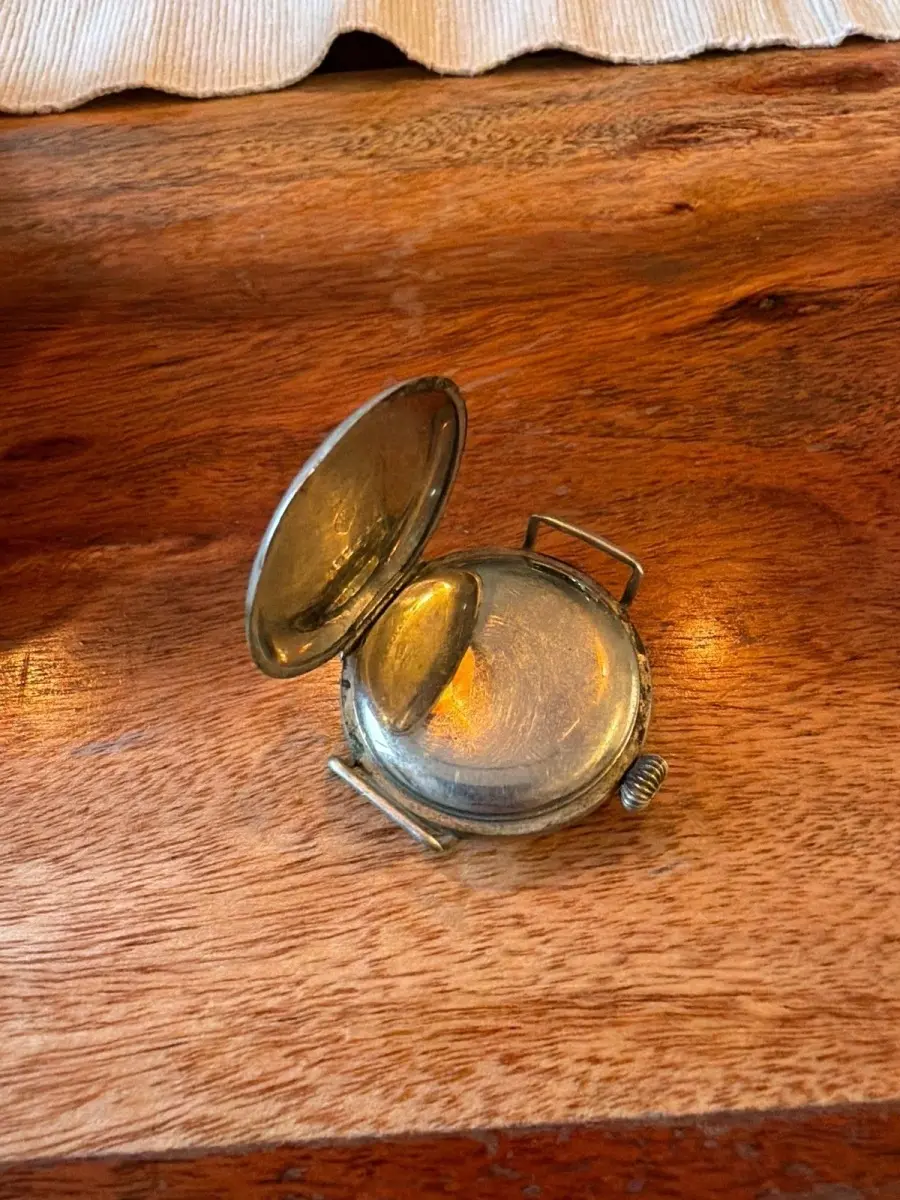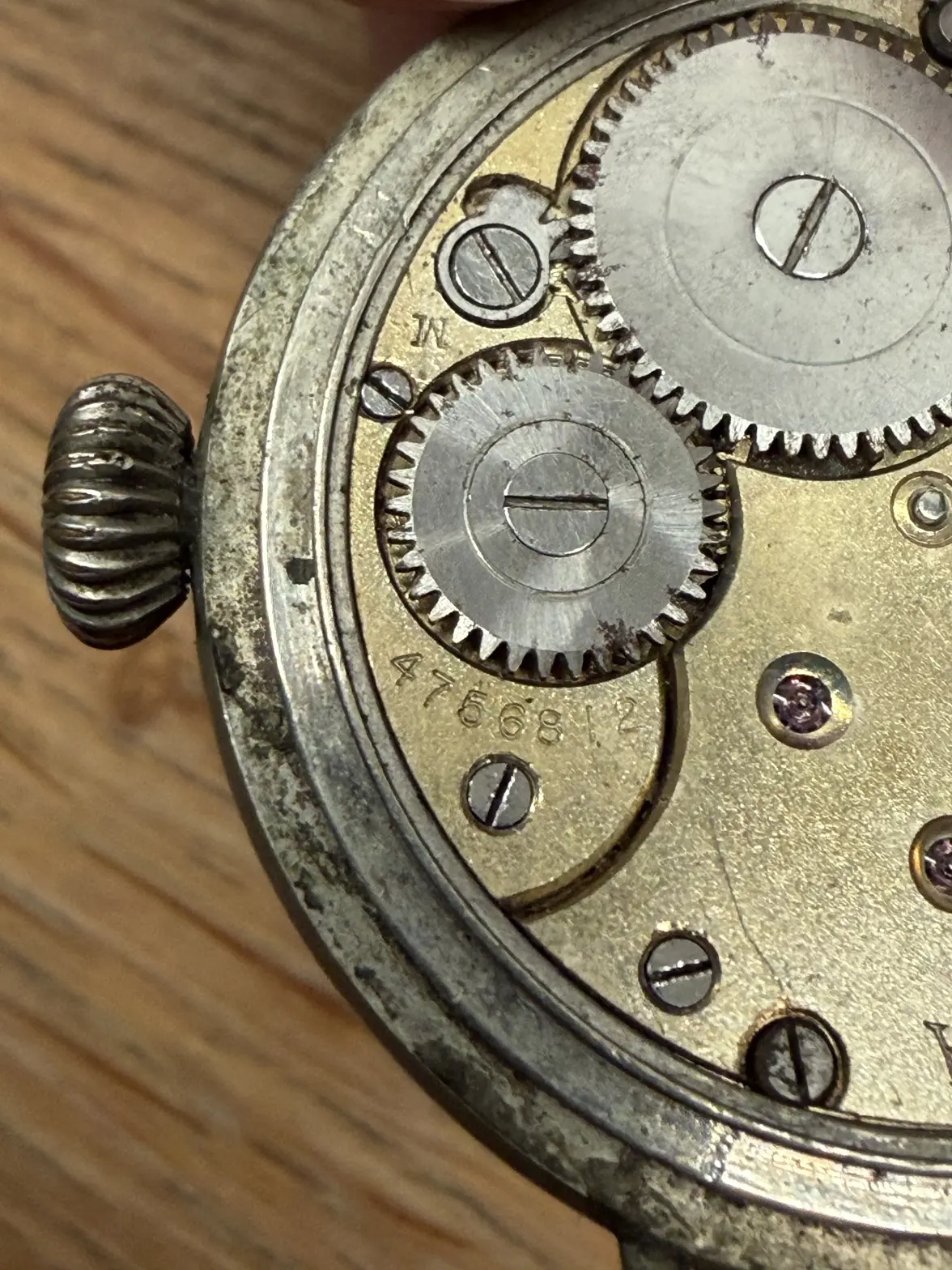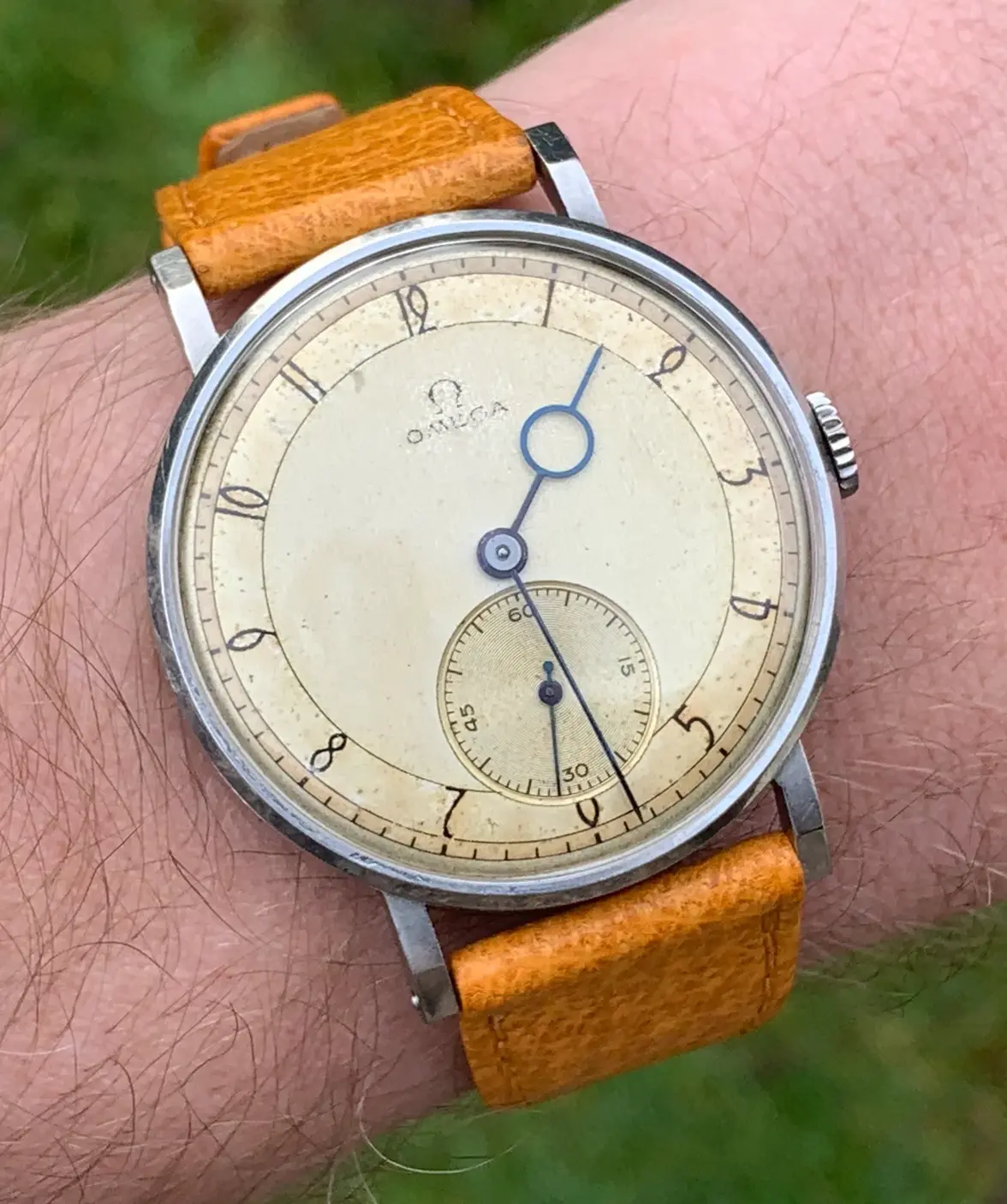- Posts
- 2
- Likes
- 2
Rodensun
·Hello dear Watchlounge community,
Today I would like to introduce you to a special heirloom that originally belonged to my great-great-grandfather. According to current knowledge, the watch probably dates from the time of the First World War. My great-grandfather was a naval officer, but unfortunately it is not known in our family how he got to this clock.
I would be very happy if one of you could tell me more precisely which model it is or what special features this watch has. I would also be grateful for information on what you should definitely pay attention to in a professional restoration by a watchmaker. My wish would be to be able to wear the watch again in the future in order to continue the history of this special family heirloom.
Currently, the watch can no longer be won up regularly: The crown jumps back immediately. When adjusting the time, however, the spring seems to be tightened briefly, so that the second hand moves minimally. The enamel dial has some damage at the edge and the plexiglass is clearly yellowed.
Maybe some of you know this type of watch, have seen a similar piece or even a comparable model in your own collection.
I would be very happy about any feedback and judgement.
Today I would like to introduce you to a special heirloom that originally belonged to my great-great-grandfather. According to current knowledge, the watch probably dates from the time of the First World War. My great-grandfather was a naval officer, but unfortunately it is not known in our family how he got to this clock.
I would be very happy if one of you could tell me more precisely which model it is or what special features this watch has. I would also be grateful for information on what you should definitely pay attention to in a professional restoration by a watchmaker. My wish would be to be able to wear the watch again in the future in order to continue the history of this special family heirloom.
Currently, the watch can no longer be won up regularly: The crown jumps back immediately. When adjusting the time, however, the spring seems to be tightened briefly, so that the second hand moves minimally. The enamel dial has some damage at the edge and the plexiglass is clearly yellowed.
Maybe some of you know this type of watch, have seen a similar piece or even a comparable model in your own collection.
I would be very happy about any feedback and judgement.
